How to Maintain the Adhesion of Marble Protective Film
2025-08-15
Protective Film Application Guidelines
1. Controlling Storage Conditions
Store the protective film in a dry, well-ventilated environment to avoid moisture that could damage the adhesive layer. Keep it away from high temperatures and direct sunlight to prevent premature aging and loss of adhesive strength.
Keep unused protective film sealed in its original packaging to minimize prolonged exposure to air and prevent dust and impurities from accumulating on the surface, potentially affecting subsequent adhesion.
A stable storage environment is essential for maintaining adhesion.
2. Preparing for Lamination
Before lamination, thoroughly clean the marble surface to remove dust, oil, and moisture, ensuring it is clean and dry. Surface stains will prevent the adhesive from forming a strong bond with the stone.
After cleaning, wait for the surface to completely dry before laminating to prevent residual moisture from damaging the adhesive. If necessary, lightly sand the surface to strengthen the adhesive's adhesion.
3. Standardizing the Lamination Procedure
During lamination, apply the adhesive steadily from one end to the other, avoiding pulling or wrinkling. Ensure even contact between the adhesive and the stone surface.
Use a scraper or soft cloth to apply pressure evenly, expelling any air from the surface to ensure full adhesion and maximize adhesion.
Avoid laminating in low temperatures, as these will harden the adhesive and reduce its adhesion. Preheat the protective film if necessary to restore its activity.
4. Strengthen Maintenance During Use
During use, avoid prolonged pressure or friction on the protective film surface to prevent partial failure of the adhesive.
If you notice any warping at the edges, re-press them manually or with a tool to expel any air and restore adhesion.
Avoid contact between the protective film and chemicals like grease, solvents, etc., as these can damage the adhesive layer.
Regularly inspect the condition of the protective film and promptly address any minor damage or warping to prevent further problems.
5. Avoid Improper Contact and Contamination
The unapplied adhesive surface of the protective film should be protected from dust, hair, and oil to prevent contaminants from blocking adhesion.
When handling, minimize contact with the edges of the protective film and minimize touching the adhesive surface.
If the adhesive surface accidentally becomes contaminated, gently wipe it with a clean, soft cloth to avoid rubbing it, which could damage the adhesive layer.
Keeping the adhesive surface clean is crucial for maintaining adhesion.
You Might Also Like
-
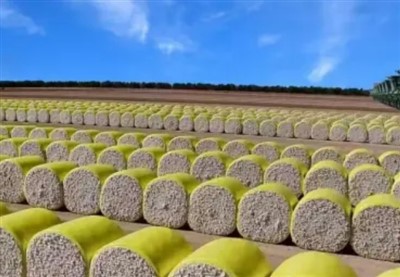
what are the advantages of cotton packaging film
-
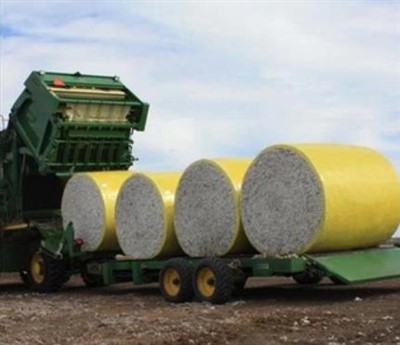
The Advantages of Cotton Wrap Film
-
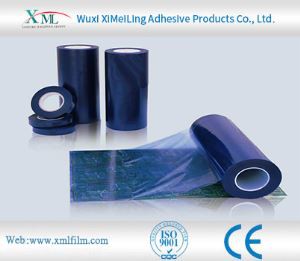
How does pe protective film cope with high temperature environment
-
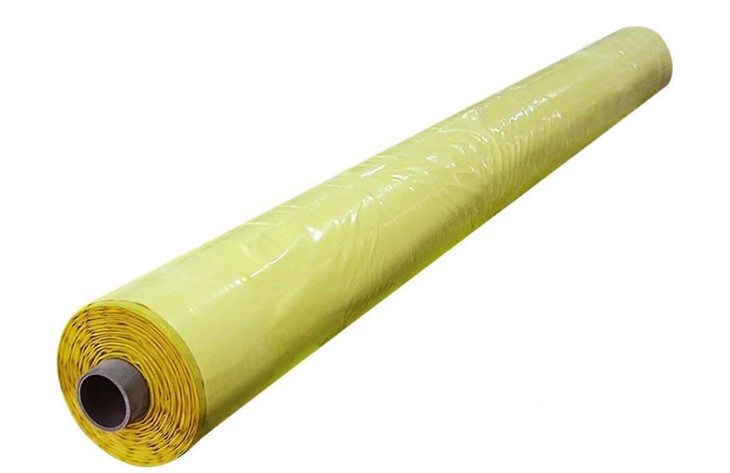
Advantages of Cotton Bale Wrap Film
-
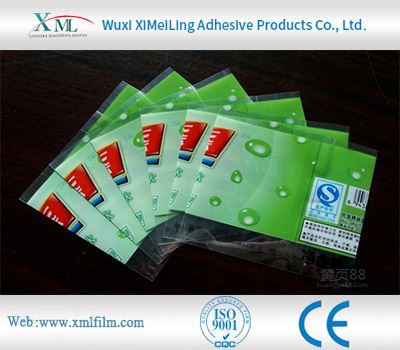
How Polyethylene Packaging Material Copes with High Temperature Environment
-
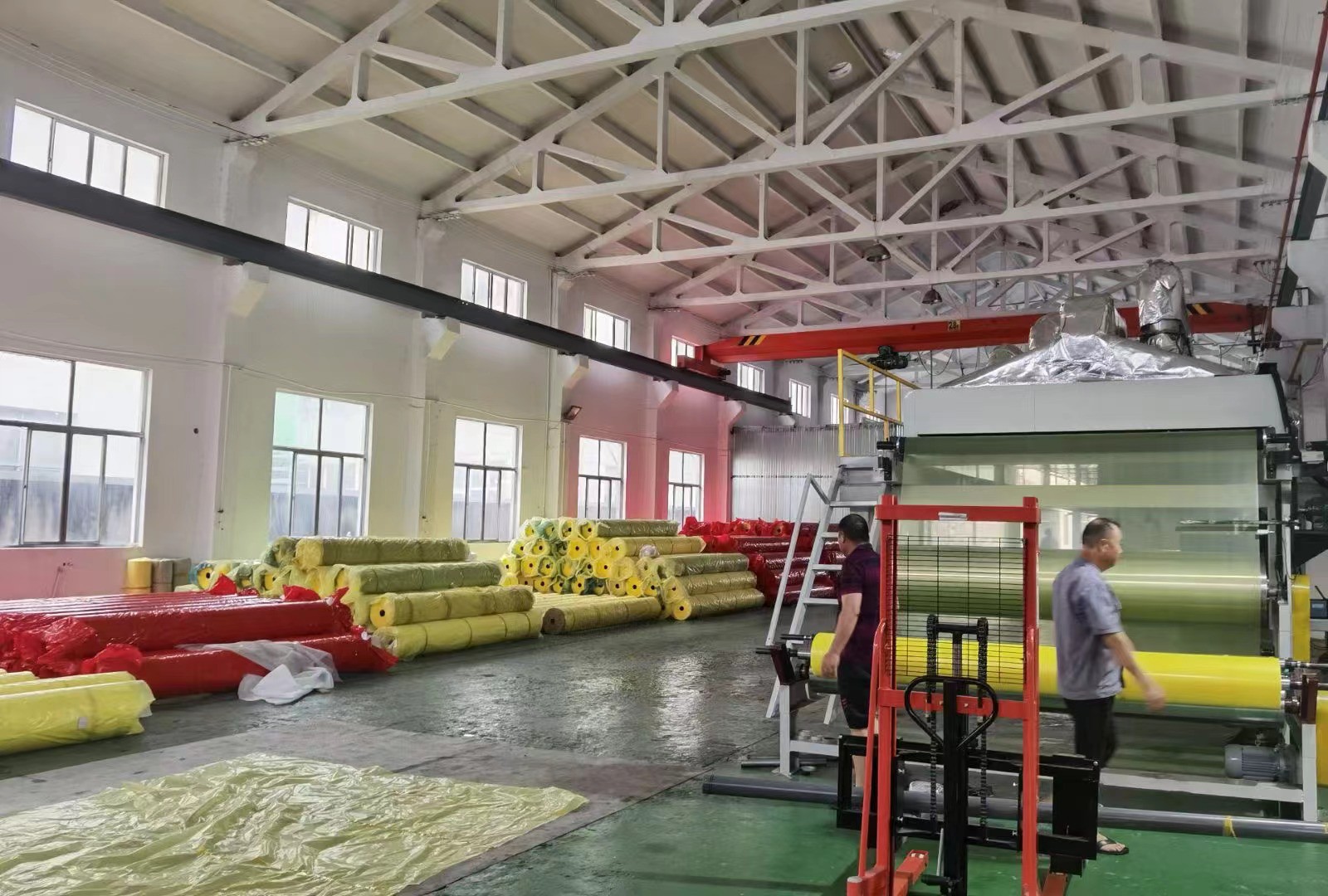
Storage method of cotton bale wrap film
